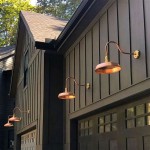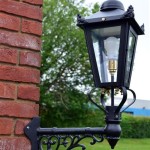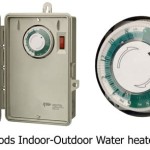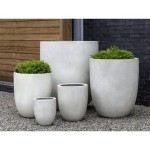How To Make An Outdoor Wood Burning Stove
Building an outdoor wood burning stove can be a rewarding project, providing a source of heat for cooking, warmth, or even boiling water for various purposes. This process requires careful planning and execution to ensure both functionality and safety. Several different designs exist, ranging from simple rocket stoves to more complex designs incorporating a chimney and firebox.
Choosing a Design and Gathering Materials
The first step involves selecting an appropriate design based on the intended use and available resources. Simple rocket stoves, constructed from readily available materials like metal cans and insulation, are ideal for quick boiling and cooking. More elaborate designs, utilizing fire bricks, metal sheets, and mortar, offer greater durability and heating capacity. Careful consideration should be given to the size and location of the stove. Accessibility to fuelwood and prevailing wind direction are important factors to consider.
Once a design is selected, the next step is to gather the necessary materials. Common materials include fire bricks, metal sheets (steel or stainless steel), mortar mix, metal pipes for the chimney, and reinforcing rods. The specific materials will depend on the chosen design. It is recommended to acquire all necessary tools and safety equipment, such as gloves, eye protection, and a welding mask if welding is required, before starting the construction process.
Constructing the Stove Body
The construction process begins with building the combustion chamber or firebox. This is the heart of the stove where the wood will burn. For a simple rocket stove, this might involve cutting and arranging metal cans. For more complex designs, fire bricks are laid using mortar to create a sturdy and insulated firebox. Precise measurements and careful placement of the bricks are crucial for proper airflow and efficient combustion.
After the firebox is constructed, the next step is to build the outer shell or enclosure. This provides insulation and protects the firebox. Metal sheets, precisely cut and shaped, are often used for this purpose. Welding or bolting is commonly used to secure the metal sheets together. Alternatively, a second layer of fire bricks can be used to create a more robust and insulated enclosure.
Installing the Chimney and Finishing Touches
A chimney is essential for venting smoke and gases away from the cooking area and users. A metal pipe, typically stainless steel to resist corrosion, is used for the chimney. The chimney should be tall enough to ensure adequate draft and prevent smoke from accumulating around the stove. Securely attaching the chimney to the stove body is critical for safety. Proper sealing around the chimney connection prevents smoke leakage and improves efficiency.
After the chimney is installed, any necessary finishing touches are applied. This might include adding a door to the firebox for controlling airflow and adding a cooking surface or grate. For aesthetic purposes, some individuals choose to paint the outer metal shell with high-temperature paint. A protective rain cover can also be considered to protect the stove from the elements when not in use.
Safety Considerations and Maintenance
Safety is paramount when operating a wood-burning stove. The stove should be located on a non-combustible surface, away from flammable materials. Regular cleaning of the chimney and firebox is essential to prevent creosote buildup, which can be a fire hazard. It is recommended to allow the ashes to cool completely before disposal. Always ensure adequate ventilation when operating the stove. It is advisable to consult local fire safety regulations before constructing and operating an outdoor wood-burning stove.
Regular maintenance is essential for the longevity and safe operation of the wood-burning stove. Inspecting the stove for cracks or damage and promptly addressing any issues are crucial. Replacing damaged fire bricks or repairing rusted metal components will ensure continued safe and efficient use. Storing the stove properly during the off-season will protect it from the elements and extend its lifespan.

Plans How To Build A Wood Burning Outdoor Furnace Outside Stove

How To Make An Outdoor Wood Burning Stove Fireplace B Vintage Style

Diy Rocket Stove For Your Outdoor Cooking Needs The Art Of Doing Stuff

How To Build An Outdoor Stove Ep 4 Howtospecialist Step By Diy Plans

Build An Outdoor Wood Stove From Bricks And Cement

Building A Beautiful And Simple Outdoor Wood Stove Creative Cement Works

23 Diy Wood Stoves To Keep You Warm

Sustaility S External Wood Burner Aday

How To Make An Outdoor Smokeless Wood Stove Is Very Simple And Effective Cement Crafts

Homemade Pottery Kiln Plans Ehow
Related Posts







